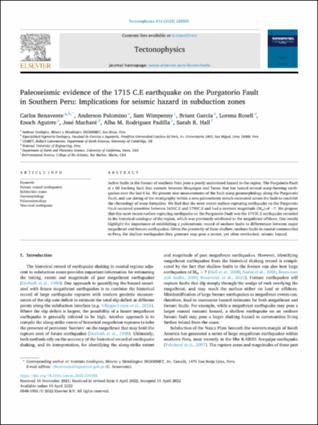Por favor, use este identificador para citar o enlazar este ítem:
https://hdl.handle.net/20.500.12544/3845Ficheros en este ítem:
| Fichero | Descripción | Tamaño | Formato | |
|---|---|---|---|---|
| Benavente-Paleoseismic_evidence_1715C.E-ABSTRACT.pdf | Artículo científico | 224.69 kB | Adobe PDF | Visualizar/Abrir |
Los ítems de DSpace están protegidos por copyright, con todos los derechos reservados, a menos que se indique lo contrario.











